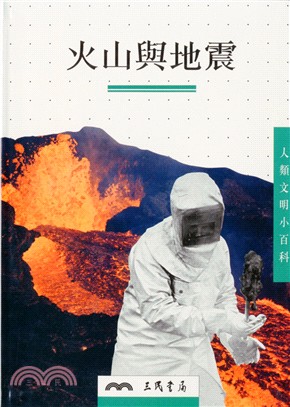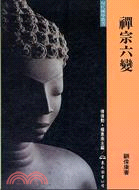相關商品
商品簡介
作者簡介
商品簡介
Before its transformation into a perfect marine research facility for Rutgers University, it was the beautiful but dilapidated abandoned building at the very end of “Seven Bridges Road.” In this location, where the salt marsh meets Little Egg Harbor and Great bays, the structure was more likely seen by boat than by land.It had been U.S. Coast Guard Station No. 119, from which Guardsmen would conduct rescue and other operations in the waters at the southern end of Barnegat Bay and Long Beach Island. This remote site offered easy access to the bay and ocean through the ever-changing, shoaling Little Egg Inlet and Beach Haven Inlet. The station was established after a previous structure — on the now-lost Tucker’s Island succumbed to coastal erosion and storms. (That original Tucker’s Island station had been built for the U.S. Lifesaving Service, the precursor to today’s Coast Guard.) Station 119, a solid, sturdy “Roosevelt-style” structure, built in the 1930s, had survived many violent storms, including the 1944 hurricane and the 1962 northeaster, but by the 1960s vandalism and fires had also taken a toll on this relic of American coastal history.It stands today looking much the same but serving a different purpose: marine and estuarine research. Still remote and sometimes (during extreme tides) almost inaccessible to its scientists and students, it has evolved from saving human lives to saving the coastal environment life depends upon.A new book, Station 119, by Ken Able, the director of the Rutgers University Marine Field Station (RUMFS) explores this past, the research, and the scientists who have worked here. The journey of the physical Station 119 and it modern metamorphosis is carefully chronicled with anecdotes, historical accounts, and illustrations. Published by Down The Shore Publishing, the many maps, charts, scientific diagrams, historic photos of the station itself and of the early researchers at work in the creeks and bay add texture to the historical narrative. The station is situated in the Jacques Cousteau National Estuarine Research Reserve – a remarkable location where fresh water rivers from the Pinelands, and brackish water tidal creeks, and waters of the Atlantic Ocean mix at the edge of pristine salt marsh. (Realizing that this is in New Jersey is even more remarkable.) This is an ideal location for an amazing science laboratory and RUMFS is home to studies measuring microscopic marine life (over a million samples have been carefully analyzed in the last quarter century) to deep-sea remotely-controlled submersibles.The new book also documents some of the earliest estuarine research in this area, including some of the first scientific studies of New Jersey’s oysters – once a thriving, booming resource for the local economy. One of the first research labs was actually a flat-bottomed houseboat, the Cynthia, designed and used in the early 20th century by Rutgers scientists Julius and Thurlow Nelson. Research at the field station remains fascinating and more valuable than ever. Modern techniques continue to involve time-consuming netting and hand-sampling, but also the high-tech, such as tracking fishes in their migration and behaviors with GPS tags.Author Ken Able is uniquely qualified to write this history. He is a Distinguished Professor in the Department of Marine and Coastal Sciences, and is Director of the Marine Field Station at Rutgers University. His diverse interests include estuarine ecosystems with a focus on life history and the ecology of fishes with an emphasis on habitat quality. The history, both natural and human, at field stations -- and their role in the progress of science -- continues to intrigue the author.An Introduction to the book, with insights about coastal rescue stations, is provided by Timothy R. Dring, the President of the U.S. Lifesaving Service Heritage Association and a retired Commander in the U.S. Naval Reserve. A Foreword, focusing on marine biology and Rutgers historic rol
作者簡介
Kenneth W. Able is a Distinguished Professor in the Department of Marine and Coastal Sciences, and is Director of the Marine Field Station at Rutgers University. His diverse interests include estuarine ecosystems with a focus on life history and the ecology of fishes with an emphasis on habitat quality. The history, both natural and human, at field stations -- and their role in the progress of science -- continues to intrigue the author.
主題書展
更多主題書展
更多書展本週66折
您曾經瀏覽過的商品
購物須知
外文書商品之書封,為出版社提供之樣本。實際出貨商品,以出版社所提供之現有版本為主。部份書籍,因出版社供應狀況特殊,匯率將依實際狀況做調整。
無庫存之商品,在您完成訂單程序之後,將以空運的方式為你下單調貨。為了縮短等待的時間,建議您將外文書與其他商品分開下單,以獲得最快的取貨速度,平均調貨時間為1~2個月。
為了保護您的權益,「三民網路書店」提供會員七日商品鑑賞期(收到商品為起始日)。
若要辦理退貨,請在商品鑑賞期內寄回,且商品必須是全新狀態與完整包裝(商品、附件、發票、隨貨贈品等)否則恕不接受退貨。
























